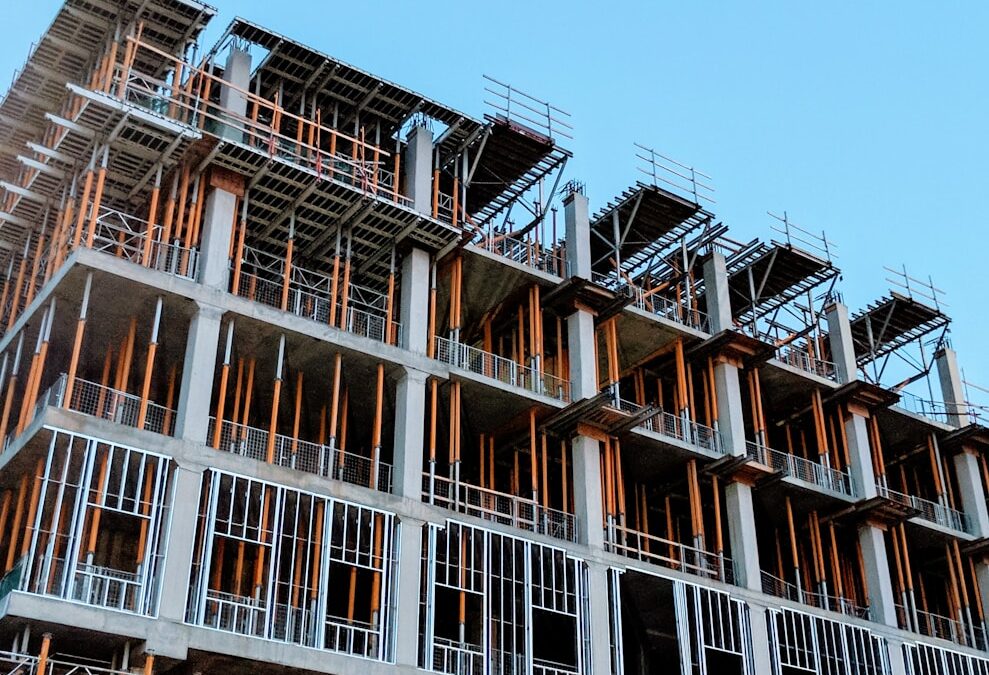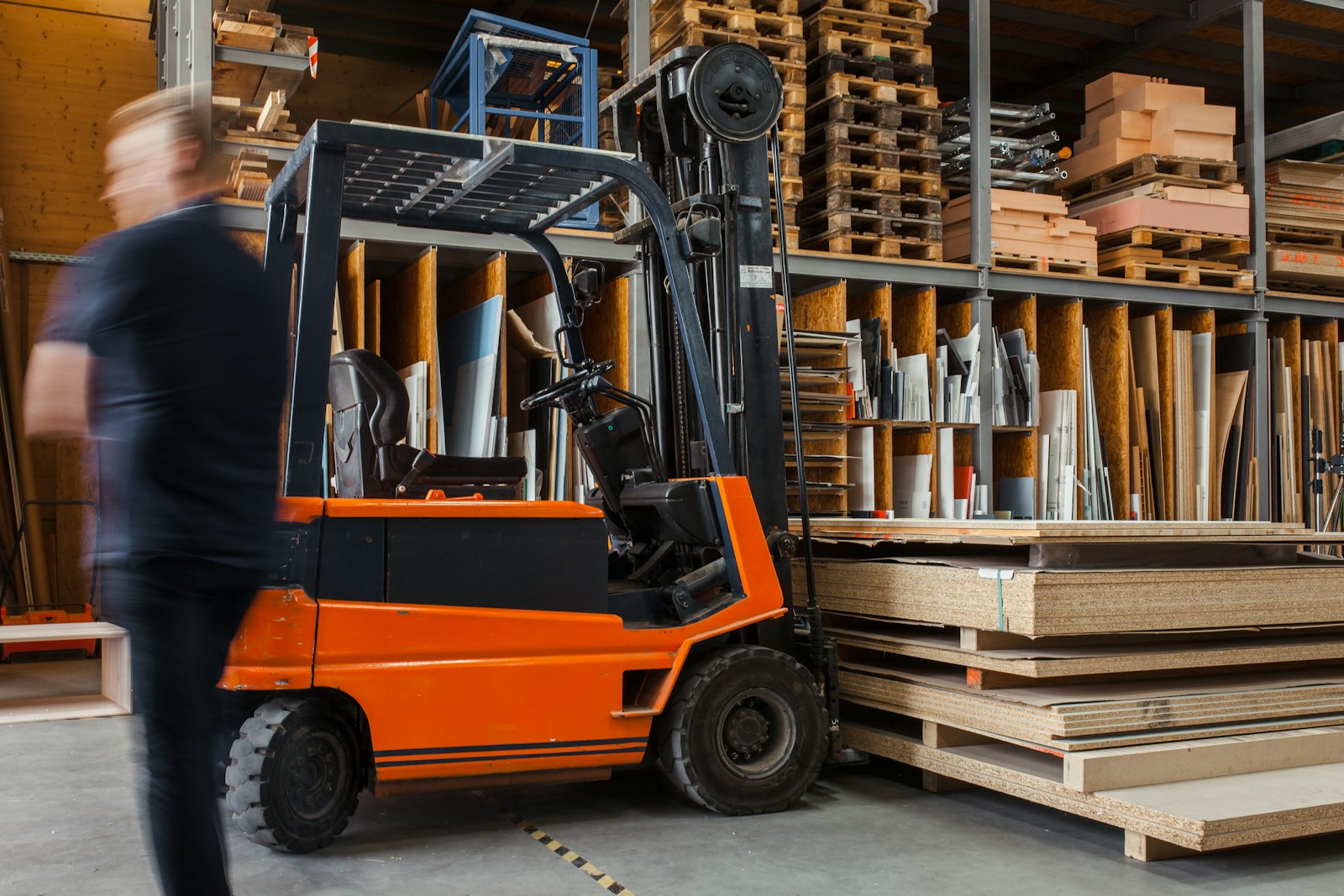Unlocking Potential with Digital Twins and BIM Integration
Revolutionizing Building Design with Digital Twins and BIM
Digital twins and Building Information Modeling (BIM) are two groundbreaking technologies that, when combined, have the potential to revolutionize the building design and management industry. Digital twins create a virtual replica of a physical building, capturing real-time data and performance metrics. BIM, on the other hand, is a process supported by various tools and technologies that facilitate the planning, design, construction, and management of buildings.
Incorporating digital twins with BIM enables architects, engineers, and construction professionals to visualize, analyze, and optimize building designs in a dynamic, interactive environment. This integration can significantly enhance the accuracy and efficiency of the design process, reducing the likelihood of errors and omissions. In cities like Riyadh and Dubai, known for their ambitious architectural projects, the adoption of digital twins and BIM can lead to the creation of more resilient, sustainable, and innovative buildings.
Moreover, the combination of digital twins and BIM allows for the simulation of various design scenarios, enabling stakeholders to make informed decisions based on data-driven insights. This capability is particularly valuable in regions like Saudi Arabia and the UAE, where rapid urbanization and infrastructure development demand cutting-edge solutions to meet growing needs. The integration of these technologies aligns with the vision of creating smart cities that leverage modern technology to improve the quality of life for their residents.
Optimizing Building Management with Real-Time Insights
The integration of digital twins and BIM extends beyond the design phase, offering substantial benefits for building management and maintenance. Digital twins provide a continuous flow of real-time data on a building’s performance, including energy usage, occupancy patterns, and environmental conditions. This data can be seamlessly integrated with BIM models, enabling facility managers to monitor and optimize building operations effectively.
In the UAE and Saudi Arabia, where maintaining high standards of building performance and sustainability is a priority, the use of digital twins and BIM can lead to significant improvements in energy efficiency and resource management. By leveraging real-time data, facility managers can identify inefficiencies, predict maintenance needs, and implement proactive measures to extend the lifespan of building systems and components.
Furthermore, the integration of digital twins and BIM facilitates better communication and collaboration among stakeholders involved in building management. With a comprehensive, up-to-date digital representation of the building, all parties can access relevant information and coordinate their efforts more effectively. This collaborative approach can lead to more efficient problem-solving and decision-making, ultimately enhancing the overall performance and sustainability of the building.
Overcoming Challenges in Implementing Digital Twins and BIM
While the benefits of integrating digital twins with BIM are substantial, there are several challenges that need to be addressed to ensure successful implementation. One of the primary obstacles is the high cost associated with developing and maintaining these technologies. Creating accurate digital twins and comprehensive BIM models requires significant investment in advanced software, hardware, and skilled personnel. For many organizations, especially smaller firms, these costs can be a major barrier.
Another challenge is the need for standardization and interoperability. Digital twins and BIM tools often come from different vendors, each with its own set of standards and protocols. Ensuring that these systems can work together seamlessly is critical for realizing the full potential of the integration. This requires collaboration among technology providers, industry associations, and regulatory bodies to establish common standards and best practices.
Data security and privacy are also significant concerns, particularly when dealing with sensitive information about building occupants and operations. Protecting this data from unauthorized access and breaches is essential to maintain trust and comply with legal and regulatory requirements. Implementing robust cybersecurity measures and adhering to industry standards can help mitigate these risks and ensure the safe and secure use of digital twins and BIM.
Future Prospects and Innovations in Digital Twins and BIM
Driving Innovation in Smart Cities
The integration of digital twins and BIM is poised to play a crucial role in the development of smart cities, where technology is leveraged to improve urban living conditions. In cities like Riyadh and Dubai, which are at the forefront of smart city initiatives, the combination of these technologies can drive innovation in urban planning, infrastructure management, and public services.
By using digital twins and BIM, city planners can create detailed, dynamic models of urban environments that incorporate real-time data from various sources, such as sensors, IoT devices, and satellite imagery. These models can be used to simulate different urban scenarios, assess the impact of new developments, and optimize the allocation of resources. This data-driven approach enables more effective and sustainable urban planning, aligning with the goals of creating livable, efficient, and resilient cities.
Enhancing Sustainability and Resilience
Sustainability and resilience are key priorities for modern cities, particularly in the face of challenges such as climate change, resource scarcity, and population growth. The integration of digital twins and BIM can contribute significantly to these goals by enabling more efficient use of resources, reducing waste, and enhancing the resilience of buildings and infrastructure.
Digital twins provide valuable insights into a building’s energy consumption, waste generation, and environmental impact. By integrating this data with BIM models, stakeholders can identify opportunities for improving sustainability, such as optimizing energy usage, incorporating renewable energy sources, and implementing green building practices. In regions like the UAE and Saudi Arabia, where sustainability is a critical focus, these technologies can support the development of eco-friendly buildings and communities.
Additionally, digital twins and BIM can enhance the resilience of buildings and infrastructure by enabling predictive maintenance and proactive risk management. By continuously monitoring the condition of building systems and components, facility managers can identify potential issues before they escalate, reducing the risk of costly repairs and downtime. This proactive approach enhances the reliability and durability of buildings, ensuring they can withstand various challenges and disruptions.
Conclusion
The integration of digital twins with Building Information Modeling (BIM) represents a significant advancement in the field of building design and management. By combining real-time data with comprehensive digital representations of buildings, these technologies offer substantial benefits in terms of accuracy, efficiency, sustainability, and resilience. For business executives, mid-level managers, and entrepreneurs in regions like Saudi Arabia and the UAE, investing in digital twin and BIM technology can drive innovation, improve building performance, and support the development of smart cities.
While challenges such as high costs, standardization, and data security need to be addressed, the potential benefits of digital twins and BIM make it a worthwhile investment. By leveraging these technologies, stakeholders can enhance the design, construction, and management of buildings, ultimately contributing to more sustainable and resilient urban environments. As the technology continues to evolve, the future prospects of digital twins and BIM in the building industry are promising, offering new opportunities for innovation and growth.
#DigitalTwins #BIM #BuildingInformationModeling #SmartCities #SustainableBuildings #Riyadh #Dubai #SaudiArabia #UAE #AI #Blockchain #ExecutiveCoaching #GenerativeAI #BusinessSuccess #LeadershipSkills #ProjectManagement









